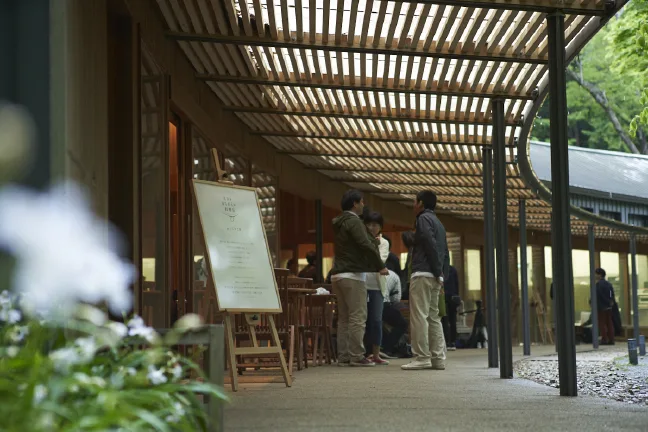
COOLHUNTING FOR INCLUSION
September 23, 2021
GOT SOME MILK FOR YOUR T-SHIRT?
October 21, 2021On about how colour and clothes are an important expression of culture and identity for Afghan women in contemporary society.
Clothing is an expression, image and personality of a culture, because from clothing the norms and cultural values of a nation can be reflected. By looking at one’s clothing, you can learn something about the way people of that time thought and felt.
Afghan women and their protest
Afghan women around the world are protesting the Taliban’s new hijab requirement in schools by posting photos of themselves wearing colourful traditional dresses on social media. In recent days the Taliban has mandated the segregation of genders in classrooms and said female students, lecturers and employees must wear hijabs in accordance with the group’s interpretation of Sharia law.
Afghan women responded by posting pictures of themselves in bright and colourful traditional Afghan dresses — a stark contrast to the black hijab mandate outlined by the Taliban — with the hashtags #DoNotTouchMyClothes and #AfghanistanCultural.
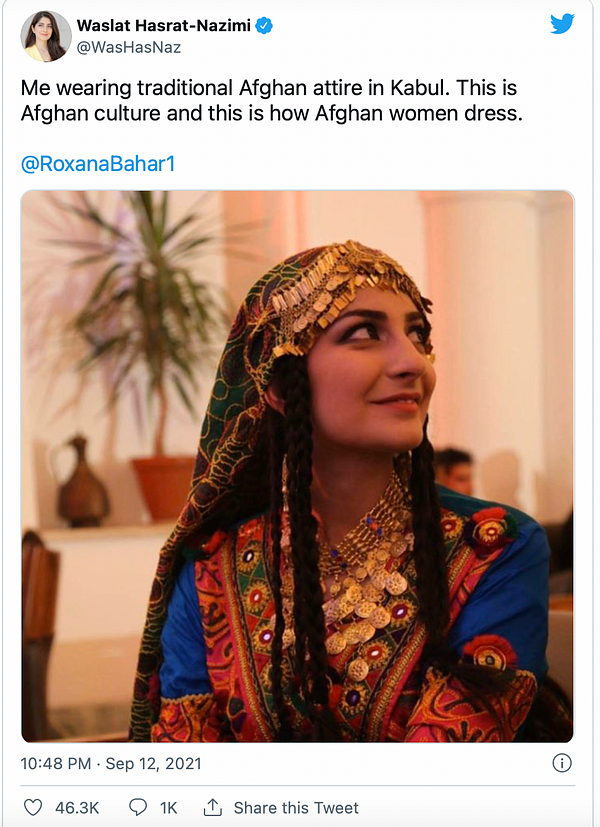
Waslat Hasrat-Nazimi, head of the Afghan service at DW News, tweeted a picture of herself in traditional Afghan dress and headdress with the comment: “This is Afghan culture and this is how Afghan women dress.”
She said that before the Taliban came to Afghanistan, her ancestors were “wearing the same colourful Afghan dresses you see in my pictures.” The traditional Afghan clothing for women includes flowing dresses covering the ankles. Women also wear headscarves to cover their head.
The fate of women in Afghanistan has been a major source of concern ever since the Taliban took swift control of the country following the chaotic withdrawal of US and international troops in August 2021.
“I have no other desire but to live in a world where women feel safe and comfortable with whatever they choose to wear. Our garments and bodies are no way to make political battles over and over again,” Shaharzad Akbar of the Afghan Human Rights Commission AIHRC wrote in a Twitter message.
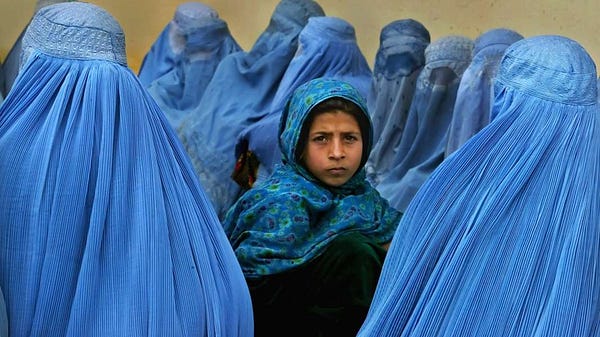
The Taliban, who ruled over Afghanistan from 1996 until 2001 but were forced from power after a US-led invasion, have historically treated women as second-class citizens, subjecting them to violence, forced marriages and a near-invisible presence in the country. After they reclaimed the country’s capital last month, the Taliban’s leadership claimed that it would not enforce such draconian conditions this time in power. But the absence of any female representatives from their newly-formed interim government and an almost overnight disappearance of women from the country’s streets has led to major worries about what will happen next for half of its population. (CNN, 2021)
https://nypost.com/video/afghan-women-dress-in-a-rainbow-of-colors-as-protest/
Why is this interesting in contemporary society?
Clothing differs from country to country. Every culture has had its unique clothing style. The styles reveal much about the people’s customs and beliefs. We refer to the customs, beliefs, values, and skills of a group of people as their culture. Clothing can so be seen as a communicator of culture.
Clothing can also reflect beliefs and values of individuals and groups. Religious groups often adopt a certain style of clothing. Values are the things which people believe are right and good. They are the things which are considered important. The basic beliefs which you rate highly are your values (Tajuddin, F. N. 2018).
For Afghan women now it is important that the matters of (cultural) clothing is a big symbol that can explain a person’s (social) identity. This has been felt by humans since ancient times and developed along with the development of human culture and civilization.
From this point of view, we can learn things related to clothing. Every country or region has different characteristics as an identity that is manifested in the form of traditional or distinctive clothing, customs, folk songs, and language. This can be used as a characteristic of every country or region that generally aims to be easily recognized by the wider community. One of the identities of a region is the form of clothing or clothing used. The need to know the characteristics of other regional or country’s cultures is very important in adding insight as well as citizens can recognize the culture or identity of other regions or countries so as not to be blind in insight and not favour selfishness to recognize the identity of other regions or countries. So, many regions and countries have different characteristics. Possibly there are similarities that originate from where they came from like if a country once united and then divorced to establish its own country, this can create equality (Tajuddin, F. N. 2018).
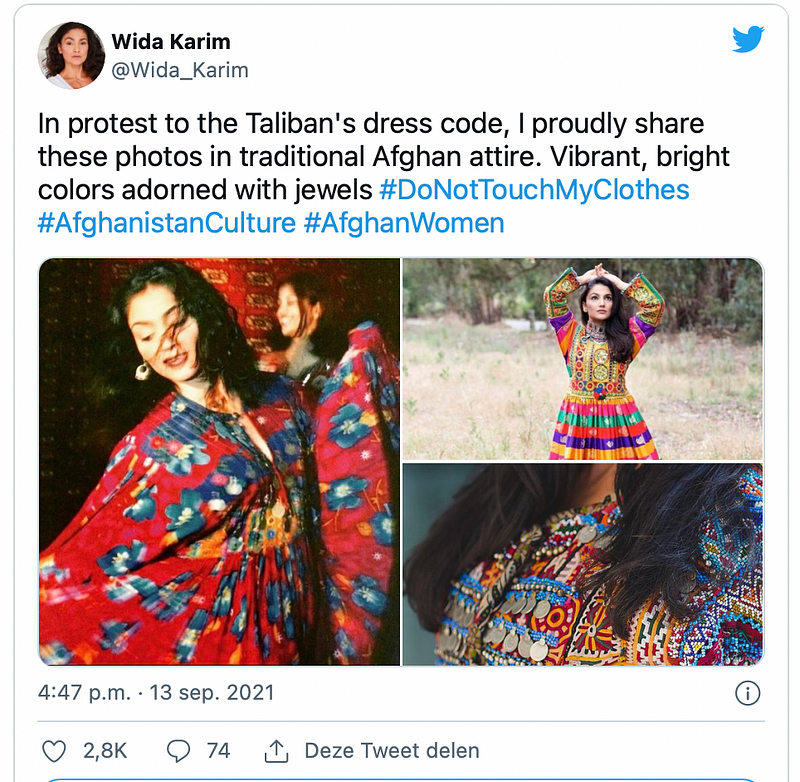
Clothing was originally designed as a way to protect ourselves from cold and other elements. Since that time period, clothes have developed, they have not only become an extension of our personality, but as a status symbol which is better than individuals who wear fine cloth and jewellery rather than poor. Today, while clothing is still used as a status symbol, it is easier to create a higher-status appearance by using the clothes you wear to accentuate your body in a way that reflects people with higher status.
Clothing products as a visual manifestation of cultural products are often used as markers and social identities for the social community. Symbols of discrimination, adoration, characterization and blasphemy appear along with the circulation of clothing products. Discourse on clothing is not a simple matter in the social cultural context; religion, morals, ethics, and art (Tajuddin, F. N. 2018).
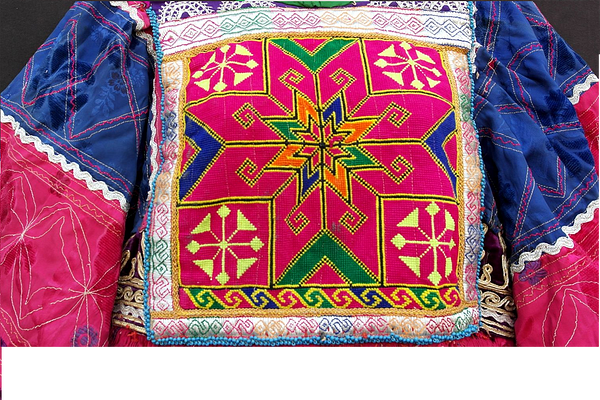
The future
Clothing is an expression, image and personality of a culture, because from clothing the norms and cultural values of a nation can be reflected. Clothing tends to be inseparable from the culture of society, because it is influenced by habits, customs that exist in society. A piece of clothing can describe a structure of social life, ideology, history, class, community, and identity.
It is very important for people all around the world, especially for Afghan women right now, to express themselves and their culture through (among other things) clothes.
Fashion speaks for us. It’s almost like a language. We can’t unmute Afghan women. We have to let their voices be heard.
Sources– https://www.textileschool.com/278/clothing-signifying-culture/ – Tajuddin, F. N. (2018). Cultural and Social Identity in Clothing Matters “Different Cultures, Different Meanings”.
European journal of behavioral sciences. Published. https://doi.org/ 10.33422/ejbs.2018.07.67 (https://www.dpublication.com/wp-content/uploads/2019/03/ EJBS-V14_21-25.pdf)-
https://www.indiatimes.com/news/world/afghan-women-protest-taliban-burqa-order-one-photoat-a-time-549369.html
https://edition.cnn.com/2021/09/13/asia/afghan-women-protest-hijab-mandate-intl/ index.html


